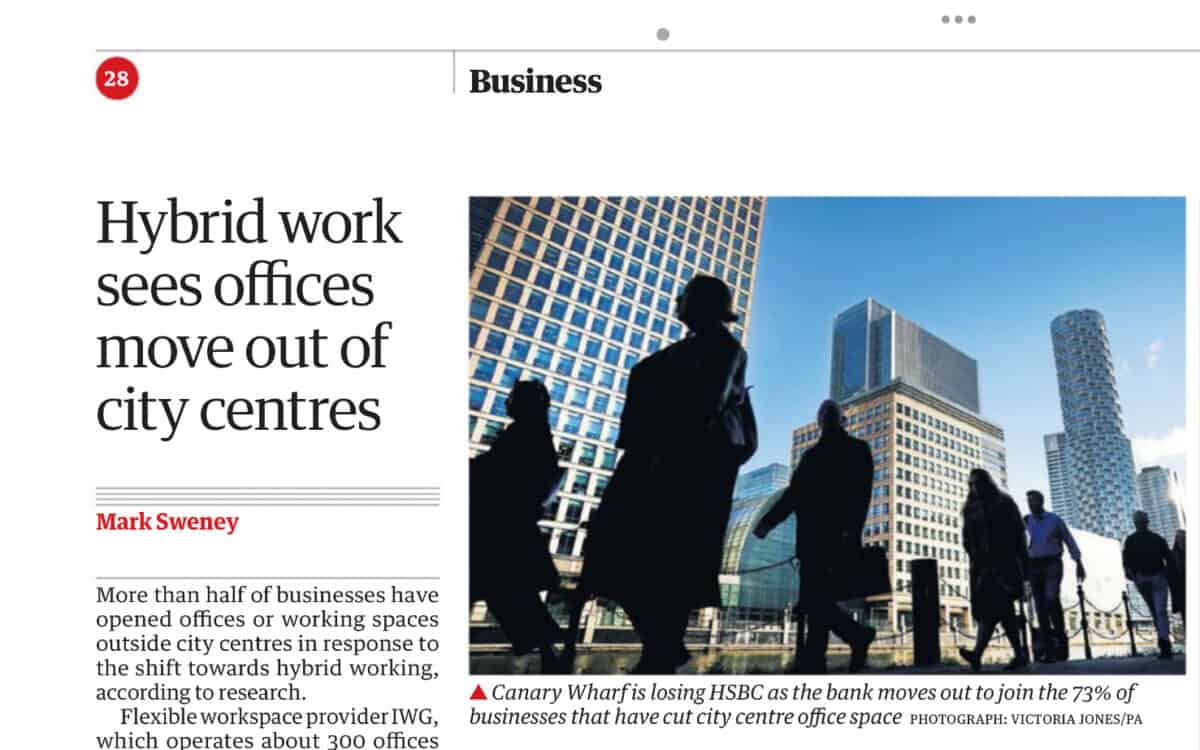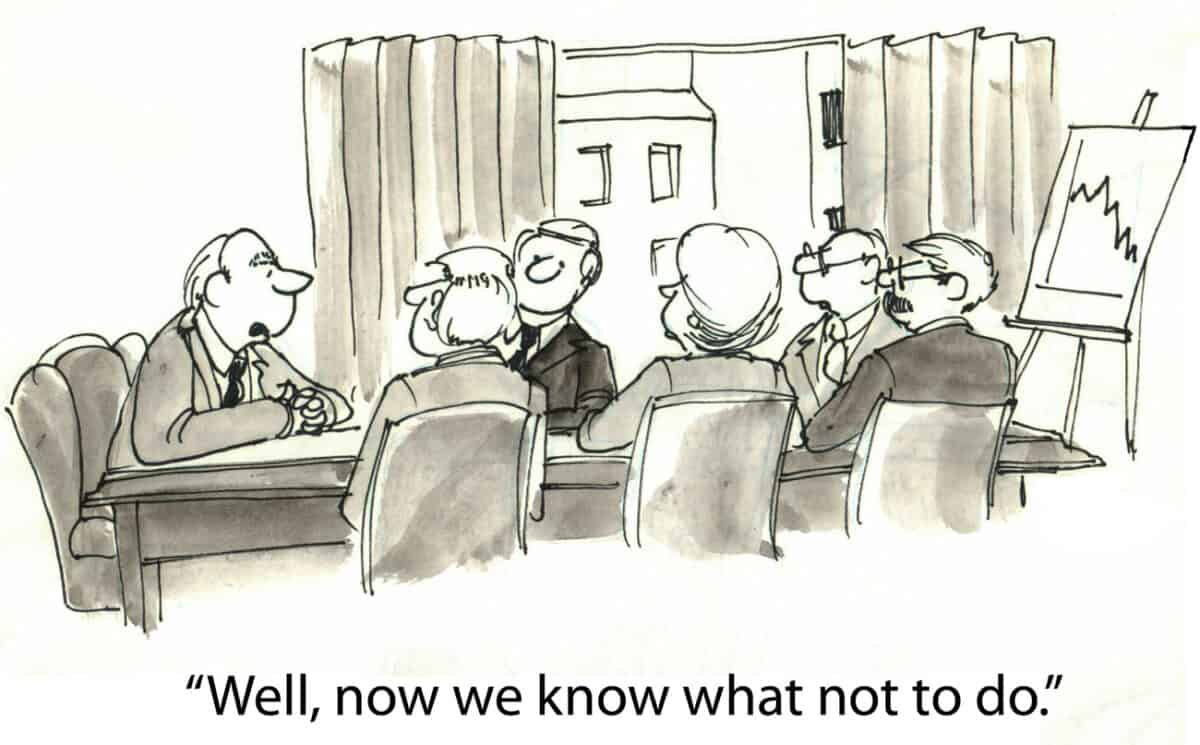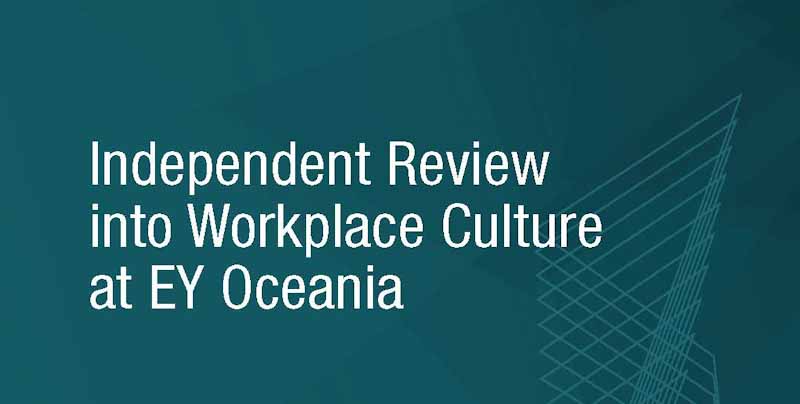The working from home (WFH) phenomenon seems established for white-collar and administration workers but the anger, protests and disappointment from businesses and landlords continues.
Category: hours of work
“Tight Loose Tight” needs broader explanation
The Australian Industry Group (AIGroup) has published an article intended to rebuild trust between workers and employers and is based on a “Tight Loose Tight” concept. It seems to make sense and maybe moreso to its intended audience but it is missing essential integration.
Working in Heat, and Gwarda
New research into working in excessive heat concisely summarises the socioeconomic impacts but misses the obvious strategies to prevent or diminish these impacts. It also includes impacts on productivity, but heat and climate change are not in the current Australian business group discussions about productivity. Those groups could benefit from understanding Gwarda.
There’s more to the Right to Disconnect than just ignoring the boss
The Australian Labor Party (ALP) conference has endorsed the concept of the right-to-disconnect, according to an article in The Australian. Sadly, the reporting on the change has a dismissive tone on what is an attempt to address the increasing costs of mental health at work. Readily accessible and recent survey data on the right-to-disconnect could have been used for a fuller analysis.
Journalist Ewin Hannan wrote:
Business lobbyist misses the point
Recently the Australian Industry Group Chief Executive, Innes Willox, addressed the National Press Club in Canberra. The AIGroup is one of the “go to” business groups, along with the Business Council of Australia and mining industry groups, that the business media knows will comment on anything when asked, and frequently when not asked. Willox’s August presentation was on Industrial Relations, but it also illustrates the workplace and political culture in which occupational health and safety (OHS) must operate.
The OHS of Working from Home remains problematic
When Australia harmonised its occupational health and safety (OHS) laws, the management focus broadened to include work, and not just workplaces. Some “knowledge” or white-collar work can be done anywhere, and employers have often struggled to understand how to extend their OHS management systems and duties to apply to this revised or expanded system of work. Current OHS guidance on working from home is too “big picture” when employers are addressing localised decisions.
EY report shows a business model that generates serious job stress
In 2022 a young employee of EY died by suicide after a work function. EY announced an independent review of EY Oceania’s workplace culture and that the report would be publicly available. That report was released on 27 July 2023. EY’s response was good crisis management, but the public release is beyond what many companies would do, so EY’s transparency in this case should be acknowledged.
The report written by Elizabeth Broderick‘s company offers good news for EY. There is a high level of satisfaction, but results in the 80 percentages or some 90 percentages still allow for a significant number of personnel who are dissatisfied, harassed, bullied, and/or mentally stressed. It is not unreasonable to accept the EY report as being indicative of the workplace cultures of hundreds or thousands of similar businesses.
This report needs to be read widely and thoroughly by any Human Resources (HR), Executive and occupational health and safety (OHS) professional. The following article scratches the surface of this significant investigation.







